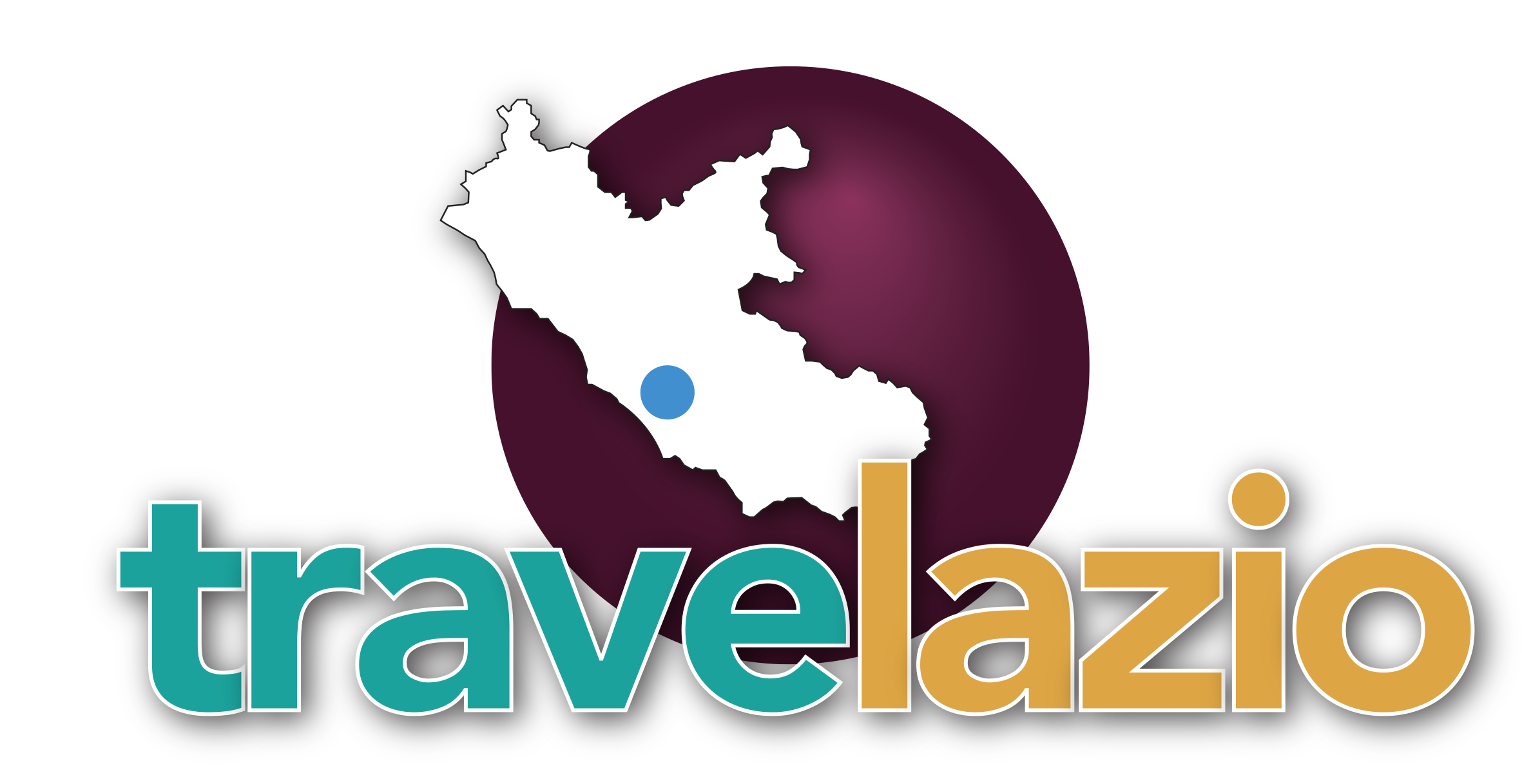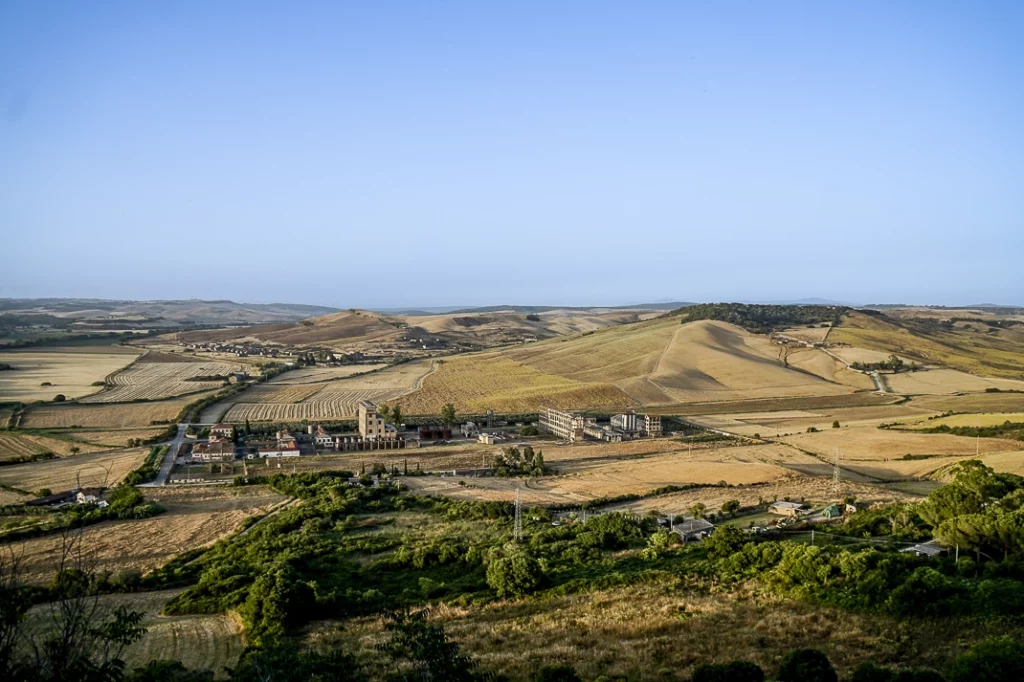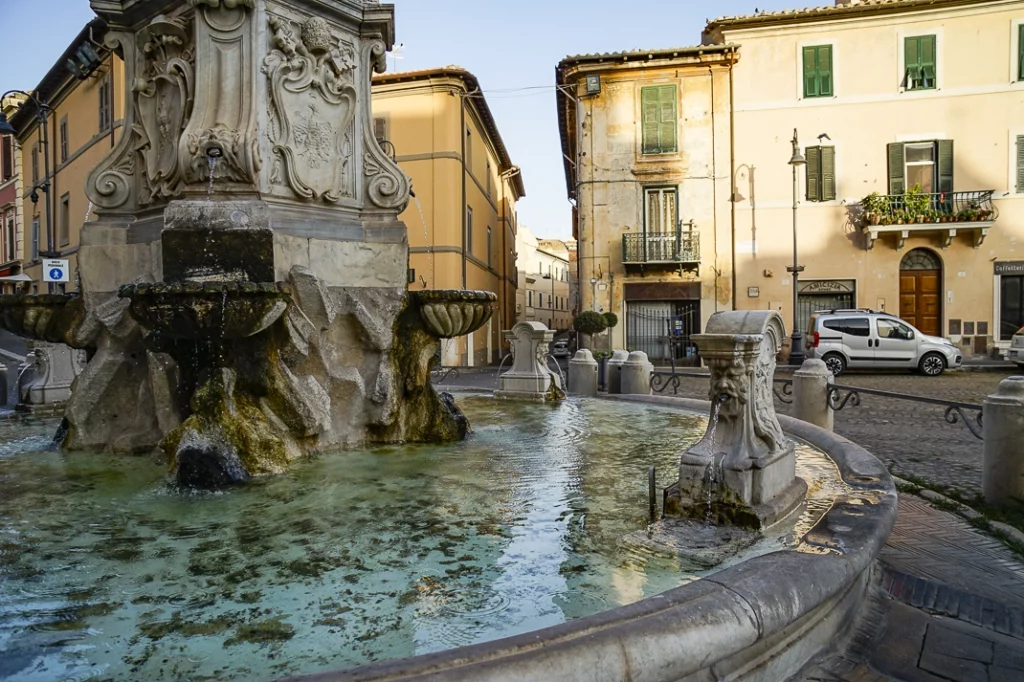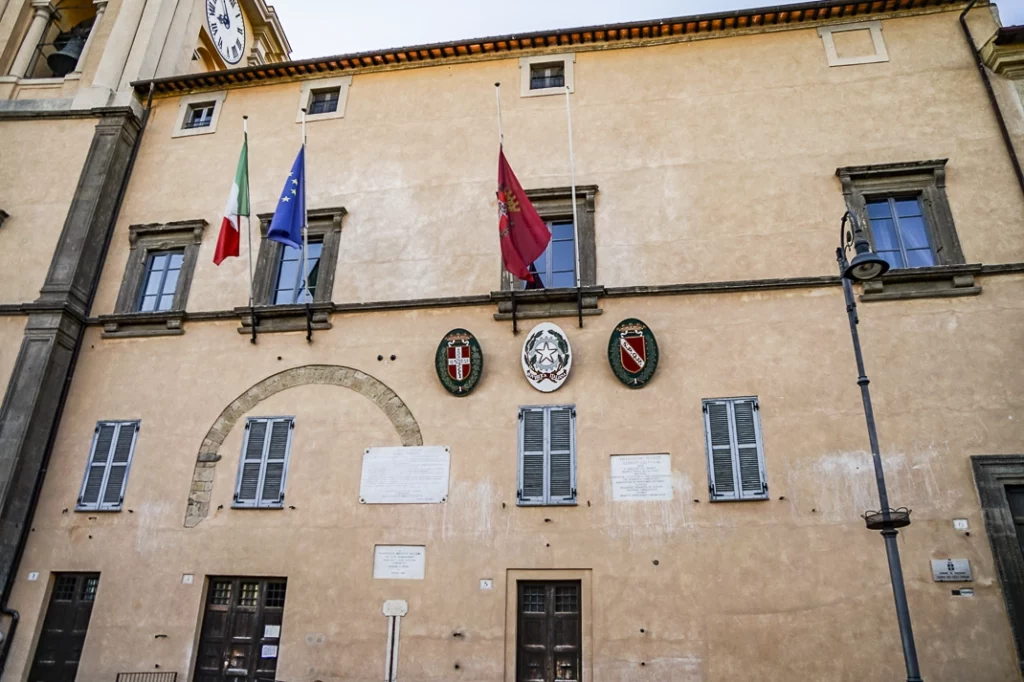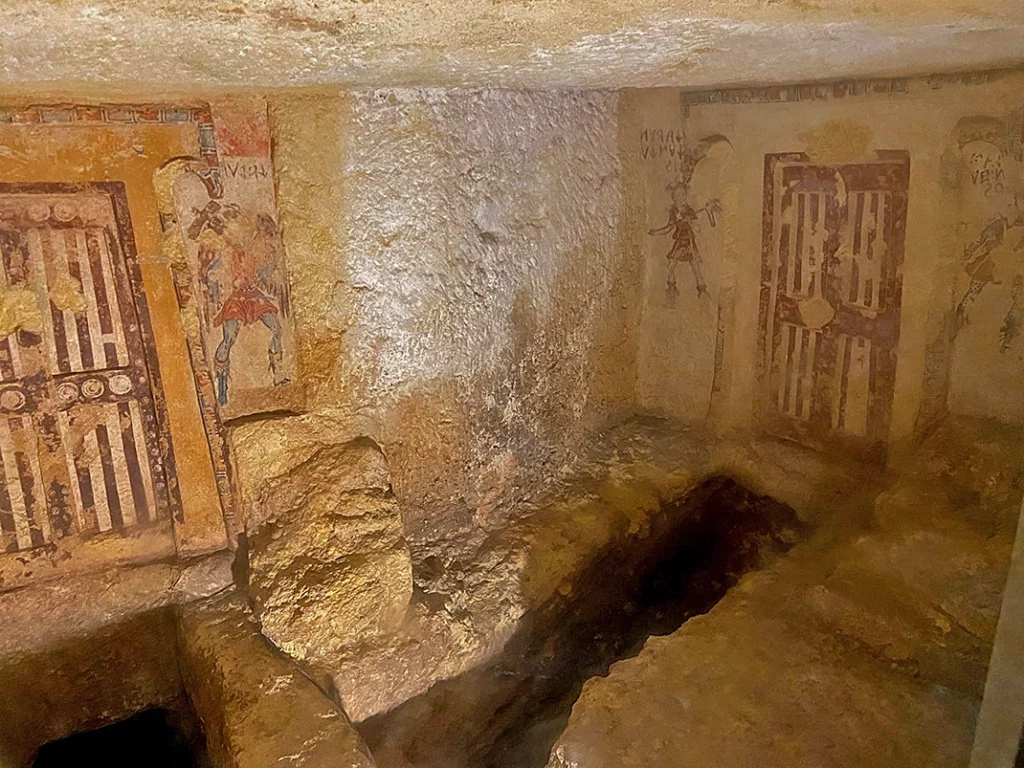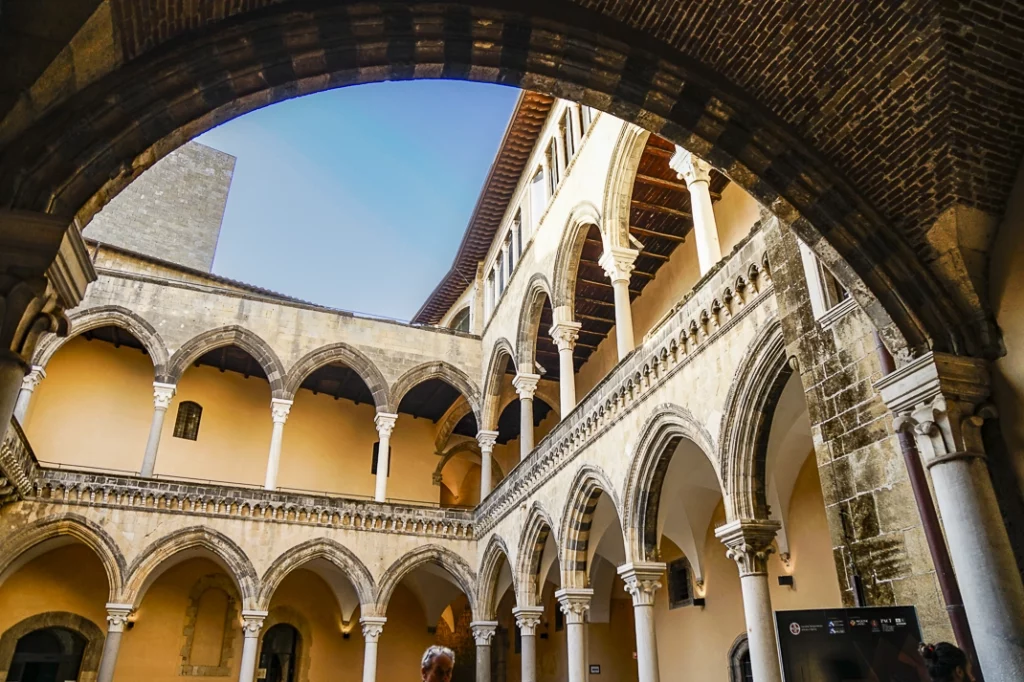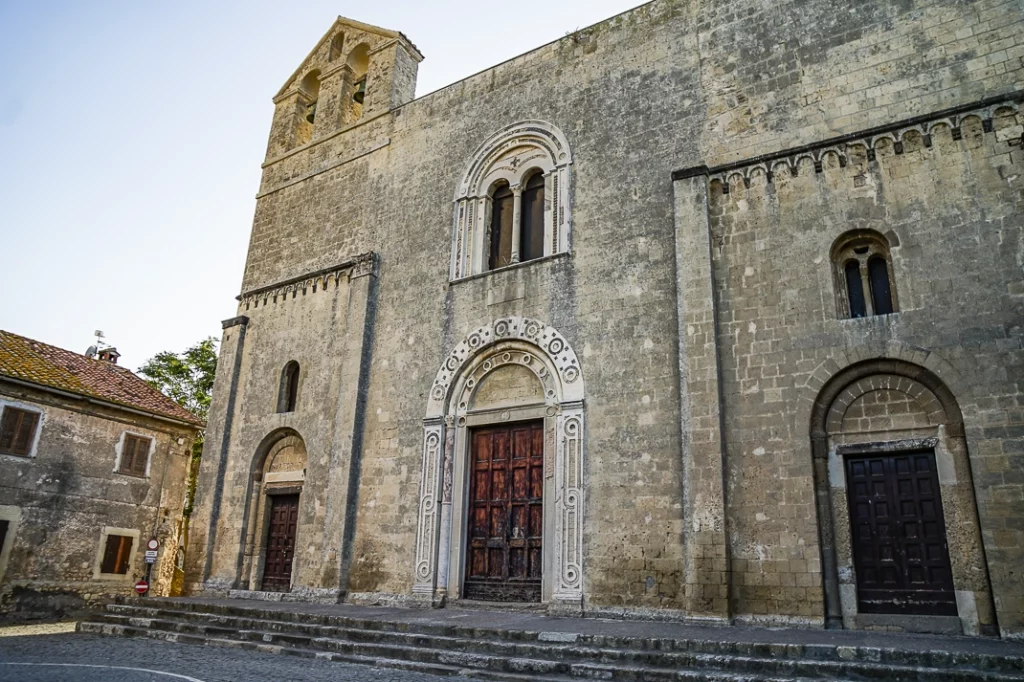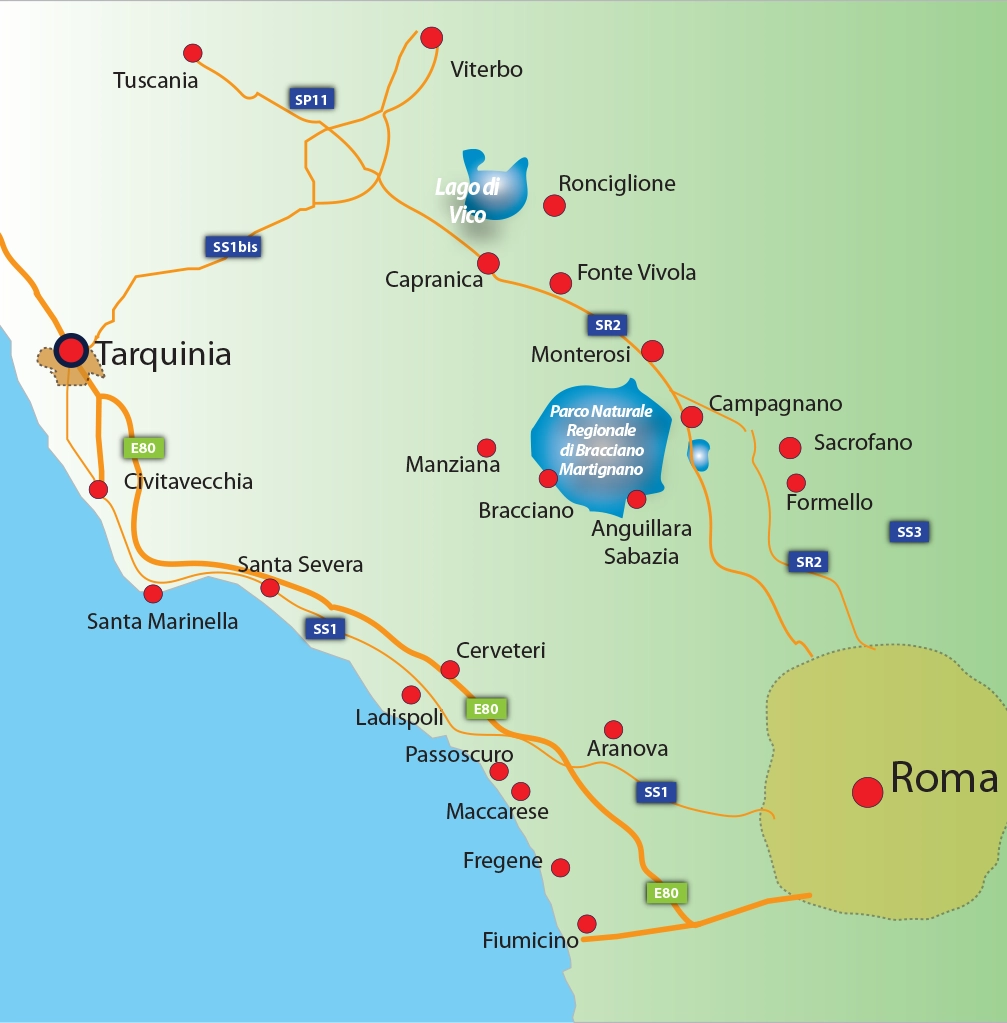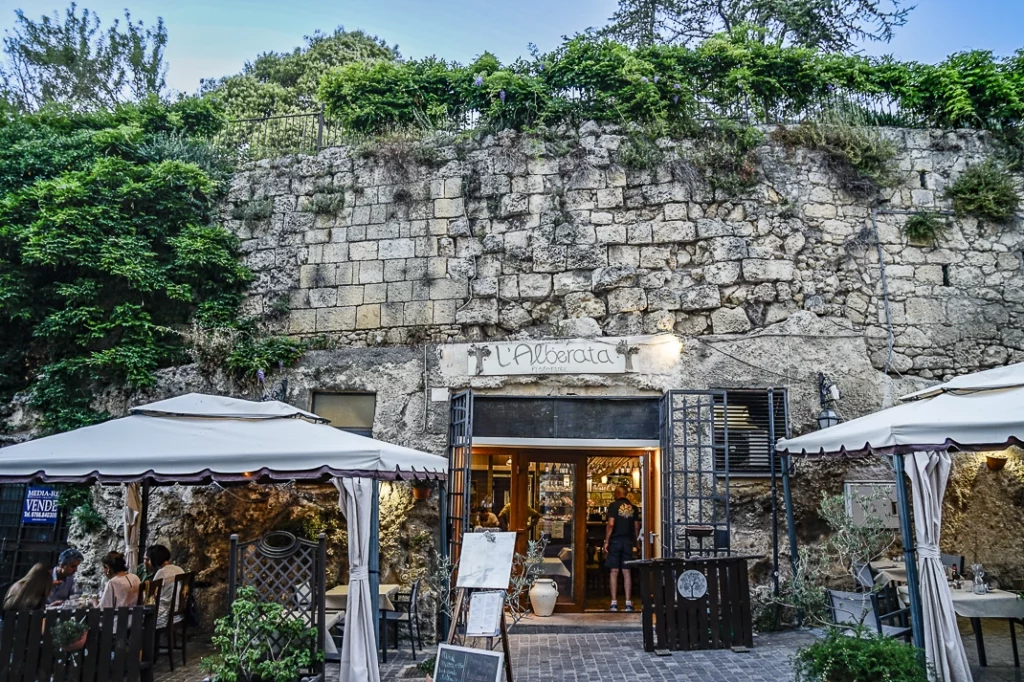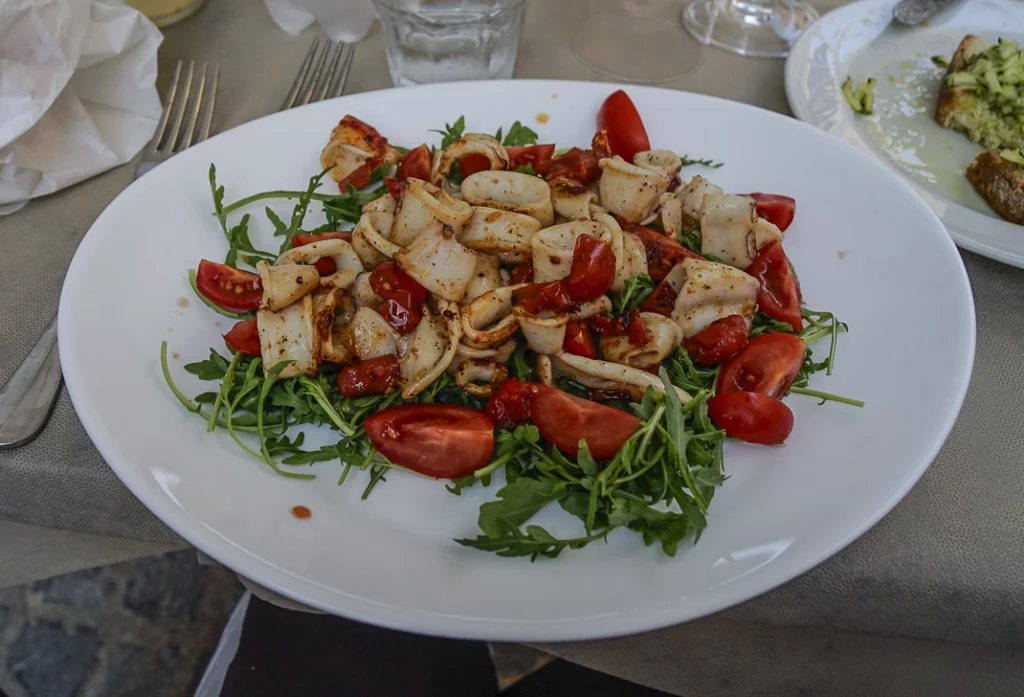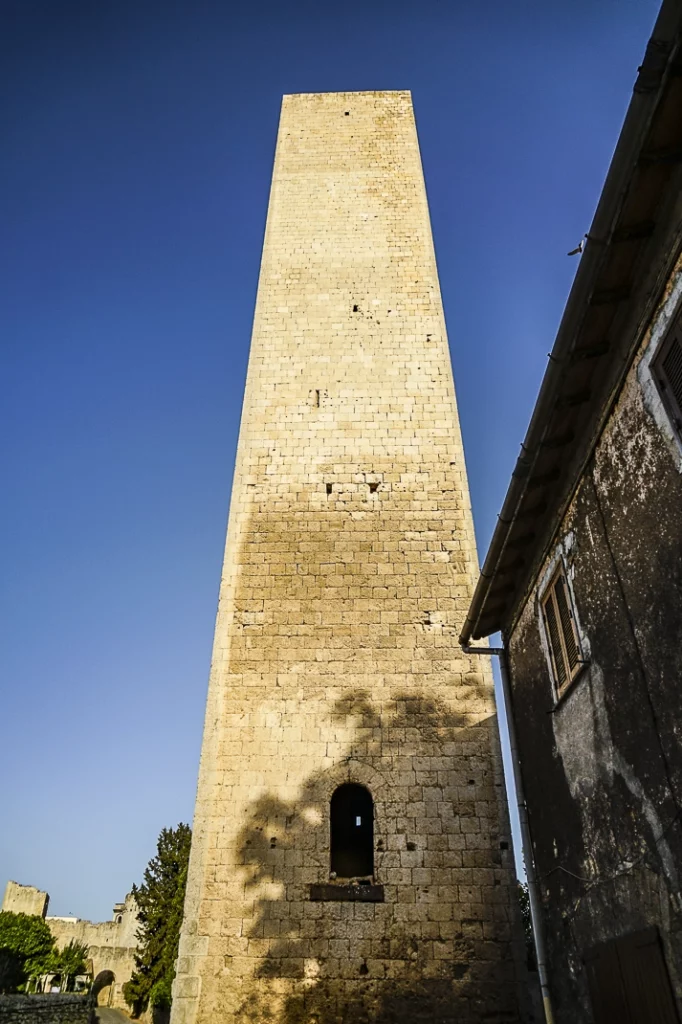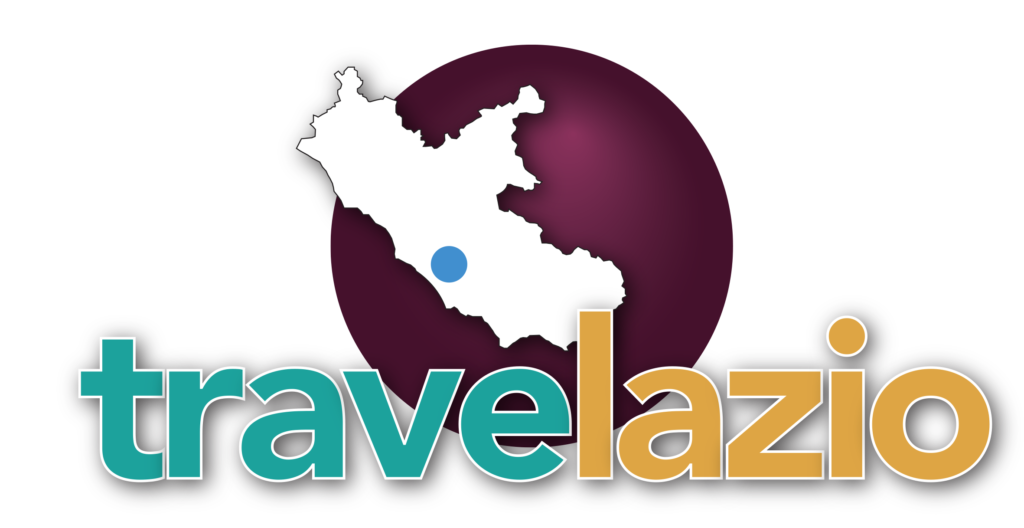
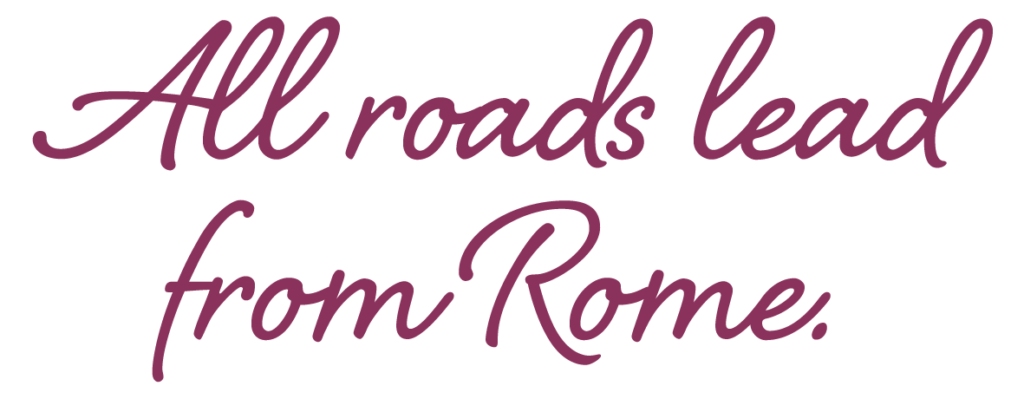
Tarquinia: The dead are the stars in this ville
Tarquinia is old. It’s really old. It’s so old a Roman ruin is considered urban renewal. This town of 16,000 people 55 miles (90 kilometers) northwest of Rome is home to one of the largest necropolises in Europe.
We have been to numerous necropolises in Lazio. But this one beats them all. It not only has 6,000 tombs but some date back to 1,000 BC. That’s almost the Iron Age.
Tarquinia also has a beautiful church, Santa Maria di Castello, that dates back to the 12th century. But modern Tarquinia is alive, too. Piazza Trento e Trieste is beautiful and is near numerous restaurants with outdoor seating on a narrow cobblestone street. However, Tarquinia is difficult to reach. Thus, you’ll run into few tourists.
Things to do
1 • Necropoli di Monterozzi. This isn’t your normal necropolis. It’s not tombs stacked upon tombs in nice neat order. This resembles a dead city.
The 6,000 tombs are spread out over 320 acres (130 hectares) of faded grass. Paved walkways take you from tomb to tomb with great views of the Lazio countryside below.
The first items you see are mushroom-shaped blocks of concrete. These contained funerary items and date from 1020-750 B.C. The Etruscans, Rome’s earliest inhabitants, had barely laid their hat.
The wealthy Etruscans could afford tombs decorated with colorful paintings. About 200 of these tombs are scattered around the ground. They all have angled roofs and dark staircases that descend a short distance where you can press a button and the tombs are illuminated.
The Tomb of the Jugglers features a beautiful red lion and blue panther. The Pallottino Tomb, dating to 420 B.C., shows men and women dancing.
The Tomb of the Whipping, from 490 B.C., grotesquely shows two men whipping a woman. Each tomb has descriptions in Italian and English.
Info: Via Ripagretta, 39-07-66-85-6308, https://pact.cultura.gov.it/,
9 a.m.-7:39 p.m. Last entry 6:30 p.m., €10 includes entry in Museo Nazionale.
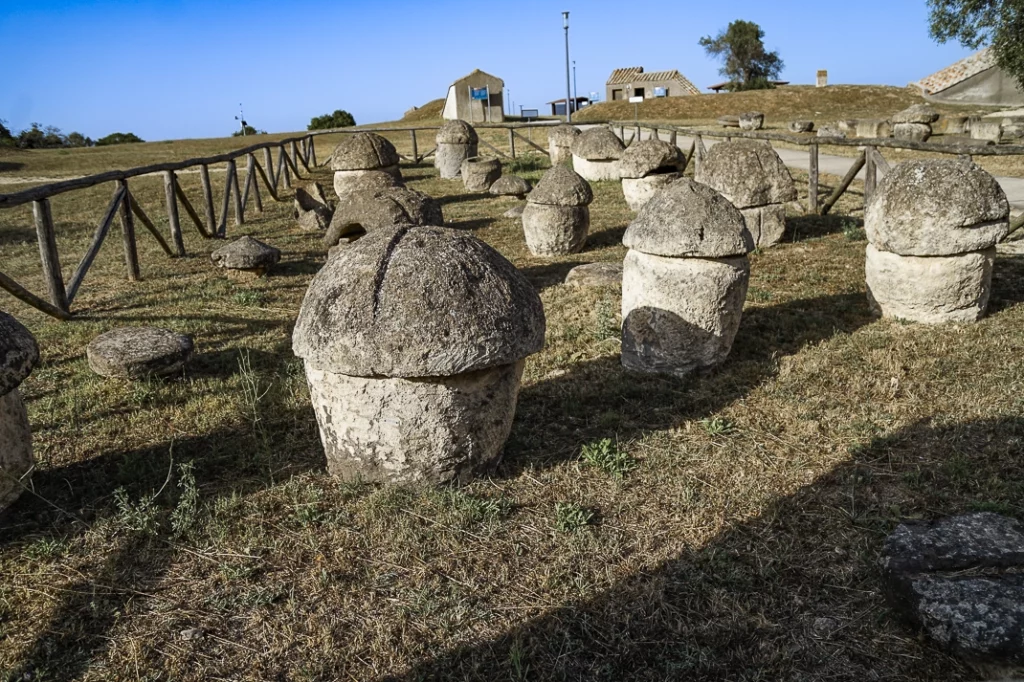
Info: Piazza Cavour, 39-07-66-856-036,
https://pact.cultura.gov.it/centenario-museo-di-tarquinia/, pa-certa@cultura.gov.it,
8:30 a.m.-7:30 p.m. Tuesday-Sunday, €6, €10 for museum and necropolis.
3 • Chiesa Santa Maria di Castello. At the end of the long, cobblestone Via di Porta is a church that was completed in 1208. It’s a stone Romanesque-style palace. At the top of one wall is a Lombard-style rose window corresponding with an oculus on the opposite wall.
Some epigraphs describe history dating back to its origins. An earthquake in 1809 destroyed its dome and the church was declared a national monument in 1975. It sits next to a castle that was built in the same century.
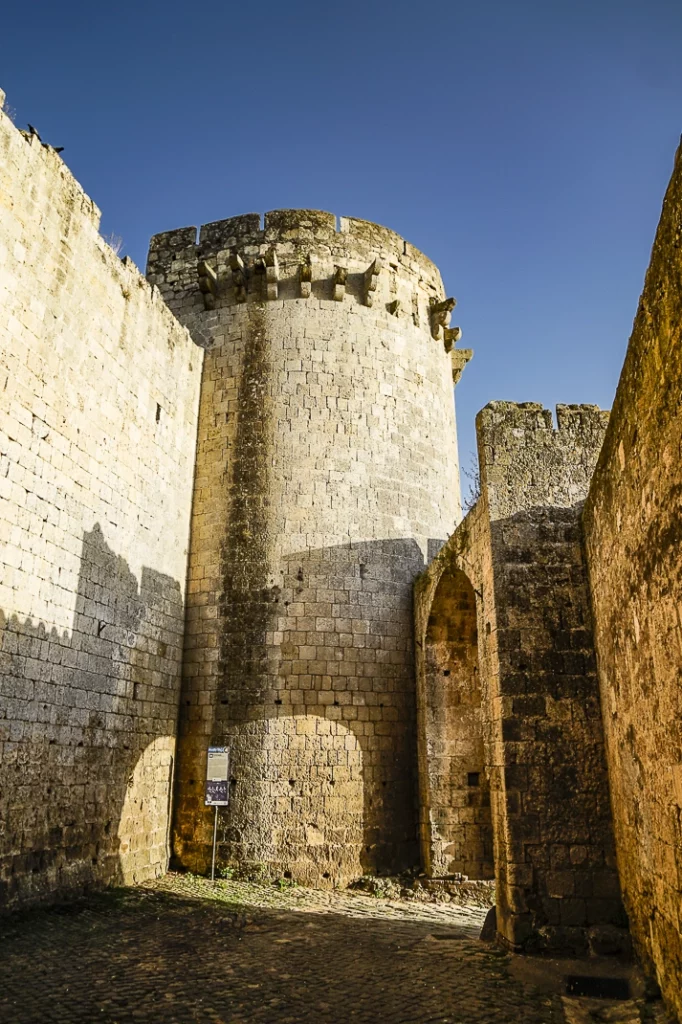
Fun facts about the Etruscans
The Etruscans were the first settlers of Rome, arriving in about 11th century B.C. before peacefully joining the Roman Republic in the 4th century B.C. Evidence of their civilization is all over Italy, particularly in Tarquinia where the necropolis has 6,000 of their tombs. Here are some things you likely didn’t know about the Etruscans:
*Etruscans were advanced businessmen. They became wealthy through trading wine and crafts with the Celtics in what is now Great Britain and with the Ancient Greeks.
*The Capitoline Wolf, the iconic statue of the she-wolf nursing Romulus and Remus, Rome’s alleged founders, that is a main attraction in Rome’s Capitoline Museums, comes from the 5th century B.C. and made of Etruscan bronze.
*War was a major factor in the Etruscan economy. They often raided new territories while defending against piracy. Prisoners were often sacrificed on Etruscan tombs to honor dead leaders.
*The Etruscan diet consisted of porridge, vegetables and fish. Meat was reserved for ritual sacrifices and religious holidays except for the hare, which was considered a delicacy.
*Women received much more respect in Etruscan society than in later Greek and Roman civilizations. Women were influential in political life and held dominant roles in the family.
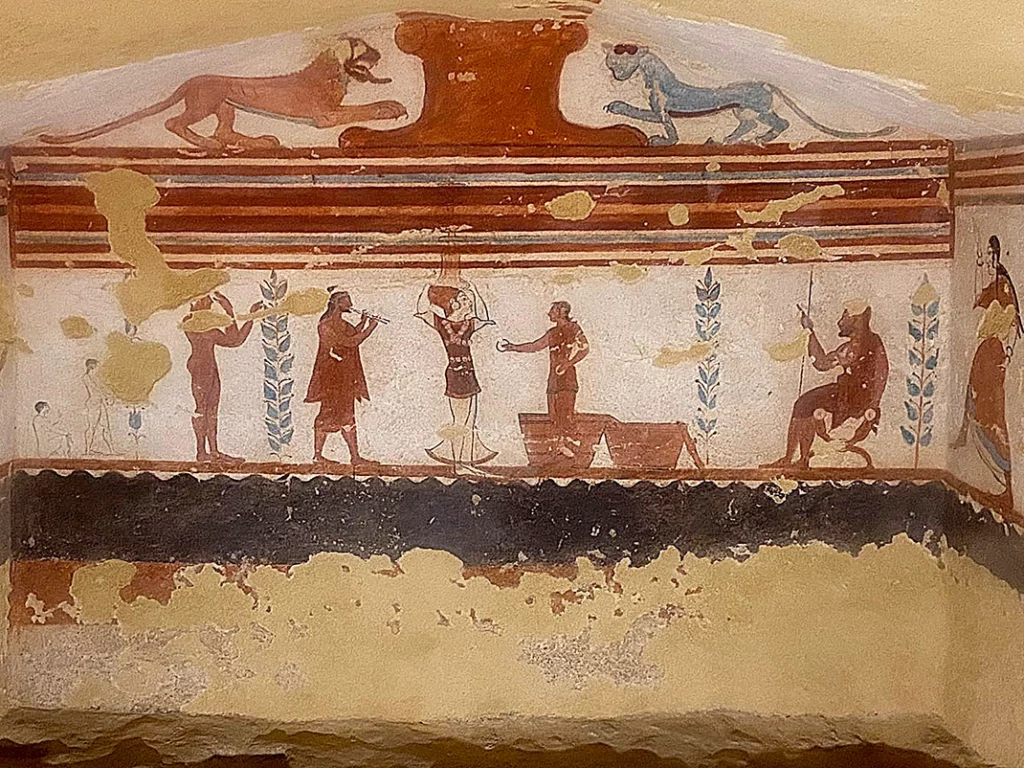
Where is it:
55 (90 kilometers) miles northwest of Rome near the Tyrrhenian Sea.
How to get there: Frequent trains leave Rome’s Termini station for Tarquinia. The direct 1-hour, 15-minute trip is €5.60.
Where to eat:
Ristorante L’Alberata, Via Alberata Dante Alighieri 18, 39-328-234-6293, noon-5:30 p.m. Monday-Friday, noon-5:30 p.m., 7-11:30 p.m. Saturday-Sunday. At the end of a quiet uphill street near the town hall, this five-year-old restaurant is in a medieval building with outdoor seating. Mains start at €10.
Recommendation: tagliolini con grana, limone e speck (thin pasta cooked in lemon with biting grana padano cheese and cured, smoked ham.) The grilled calamari is also excellent.
For more information:
IAT Tourist Information and Reception, Barriera San Giusto, 39-07-668-49282,
https://tarquiniaturismo.com/museo-archeologico-nazionale-tarquiniense/,
info-turismo@tarquinia.net.
